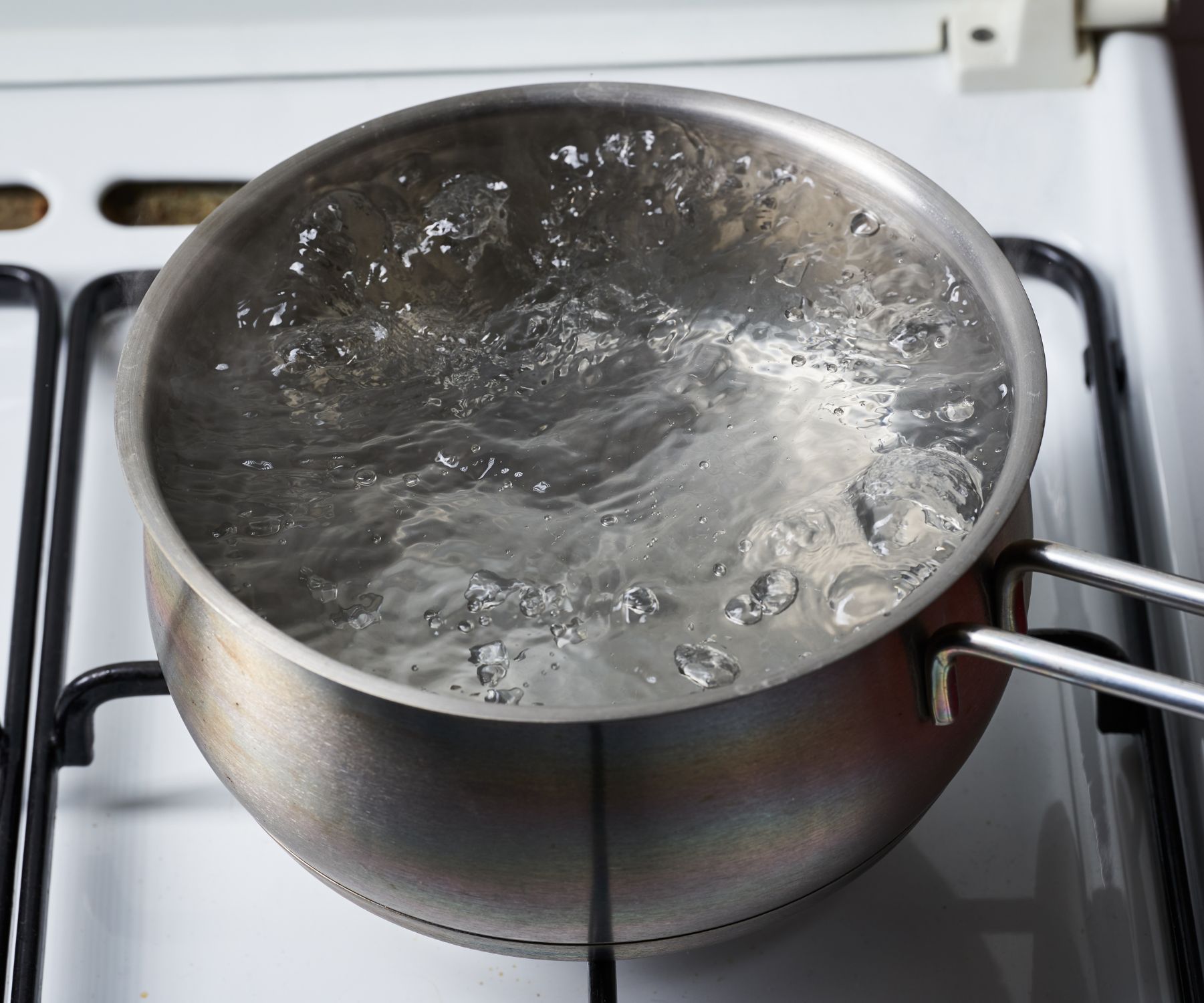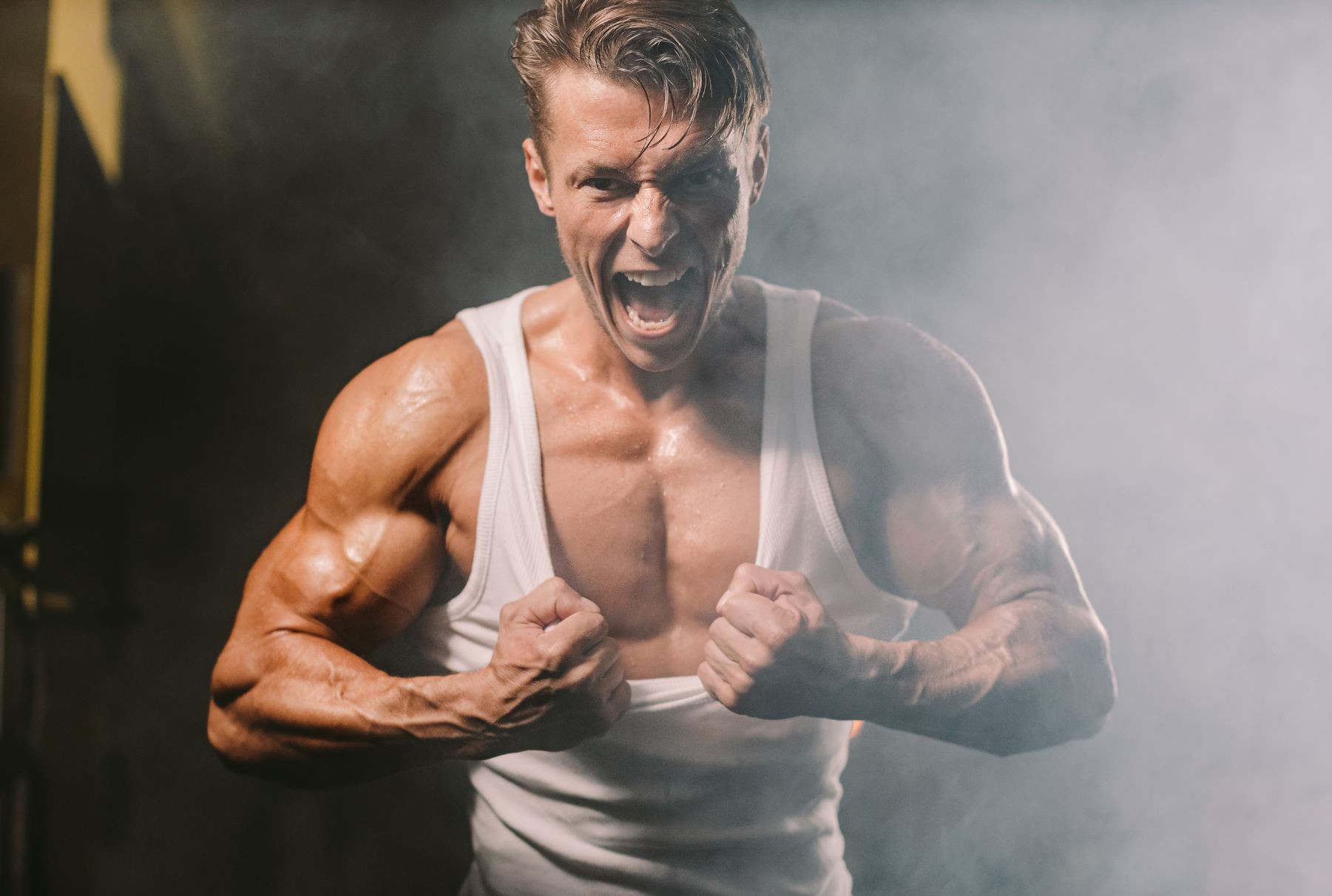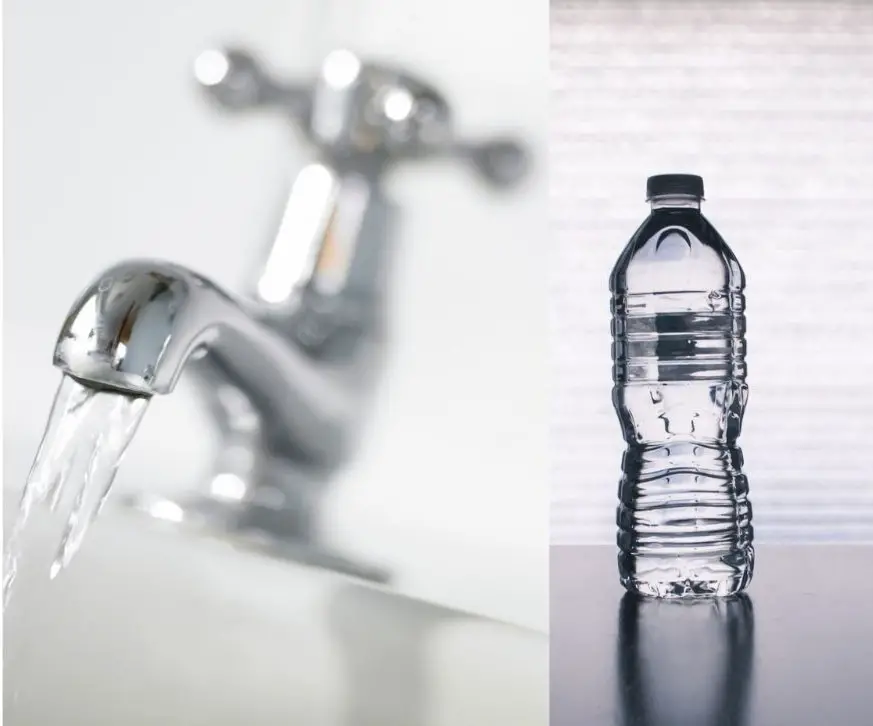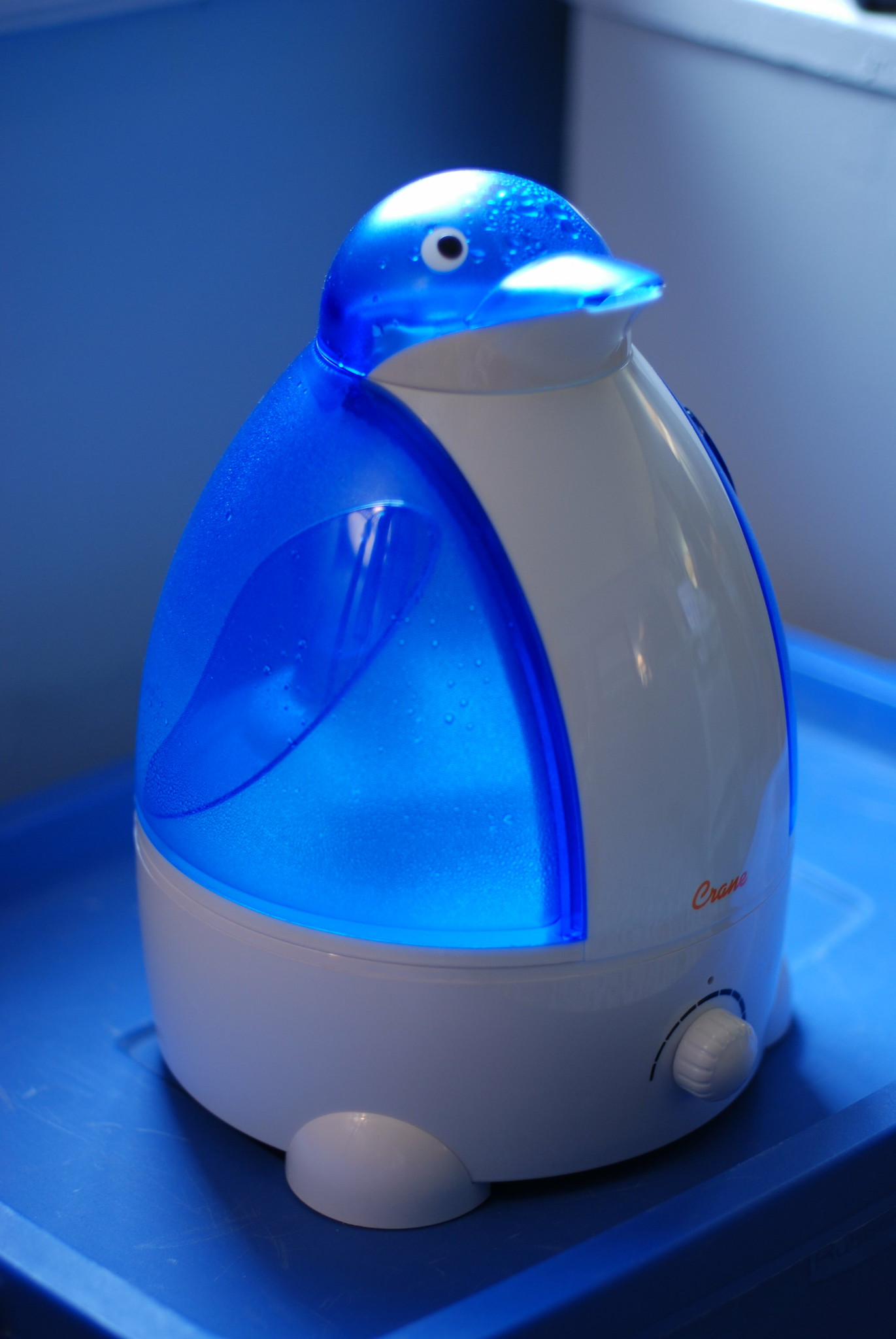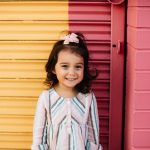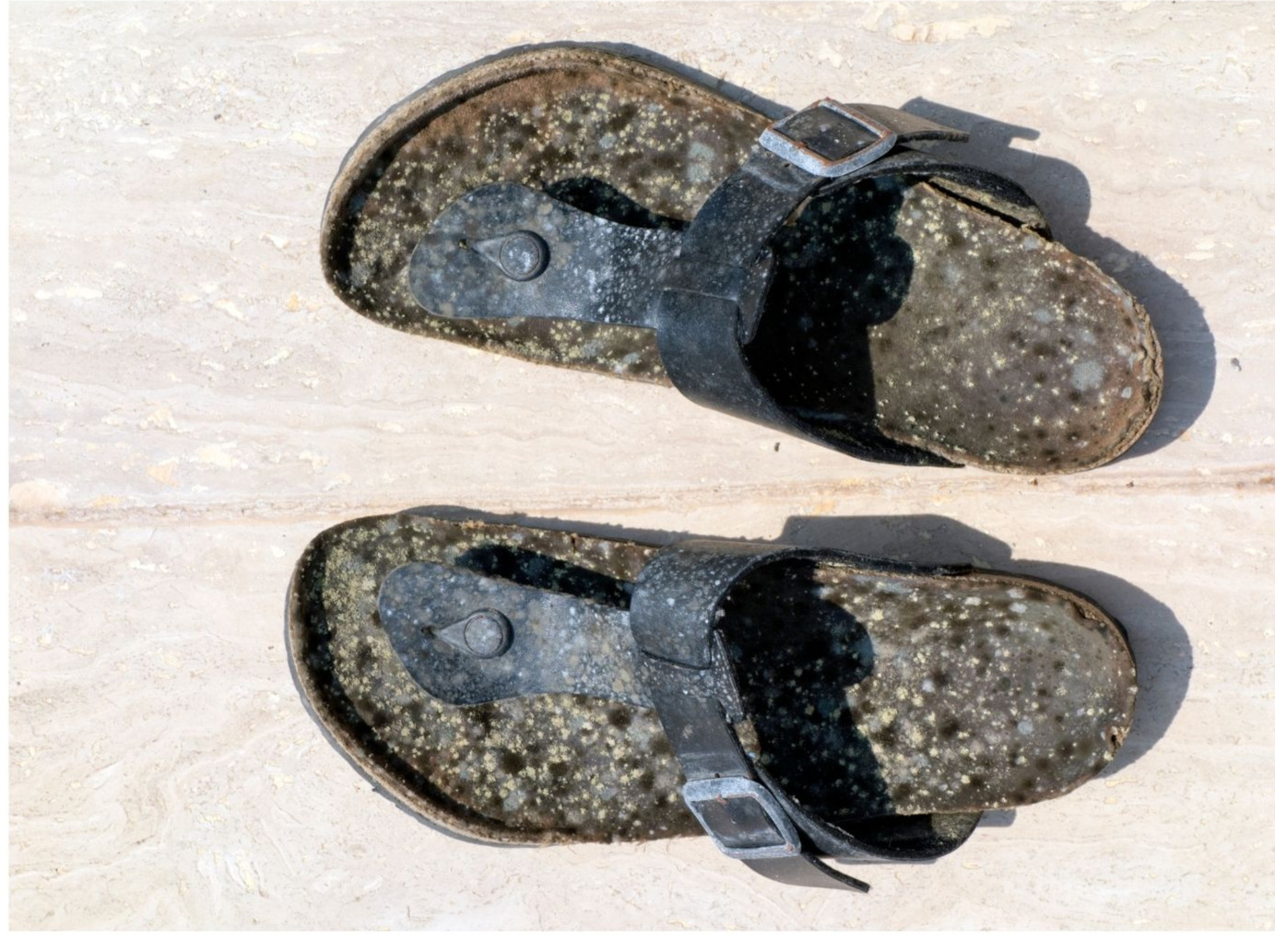Table of Contents
Boiling Water as a diy Humidifier?
To use boiling water as a humidifier, simply boil water on your stove or use an electric kettle, then carefully transfer the hot water to a heat-resistant bowl or pot. Place it in a safe location in your desired room. As the water cools and evaporates, it will add moisture to the air, acting as a simple and effective DIY humidifier.
Introduction
Did you know that you can use boiling water as a humidifier? As a kid growing up in the country of the plains of Texas, and although I didn’t know it then, I was privy to a lot of homegrown methods of getting things done, that even in my lifetime have gone to the wayside.
One of those methods that has kind of got forgotten but I remember quite well is the art of using boiling water as a DIY humidifier.
The old house that my grandparents owned had the furnace style that was kept beneath the floor and worked by sending heat into the house through metal vents that looked like a 2 x 3 grill.
I remember if you stood on it too long, it would melt your shoes.
I also remember my grandmother putting a pot of water on that furnace grill.
I didn’t know what that pot of water was nor did I have any interest in that as a kid.
But now I know she was using that pot of water as a humidifier. The furnace underneath the house was so hot that it was not only melting shoes, it was drying out the air and causing all kinds of havoc with dried out noses, throats, and lips. Putting a pot of water on the furnace was a way of offsetting the dryness in the air and relieving those symptoms.
Boiling water as a DIY humidifier
is a trick that is as old as the hills you might say.
If you were to compare it to today’s humidifiers, the method of boiling water as a humidifier would be considered a vaporizer if you were to buy it at a big box store.
Vaporizers boil water to moisturize the air with steam. Boiling water on the stove is the exact same thing.
The only difference is the vaporizers usually come with some sort of medicinal additive like Vicks to help with congestion and breaking up phlegm.
Important Side Note: Boiling Water and Your Humidifier
As we explore various DIY humidifier methods, it’s crucial to clarify a common misconception. While boiling water can be used as a makeshift humidifier in the ways described above, it is not advisable to pour boiling water directly into a standard humidifier.
Humidifiers are designed to operate safely within specific parameters, and introducing boiling water can damage the unit, void warranties, and pose serious safety risks, including the potential for burns or causing the humidifier to malfunction.
Add Some Essential Oils
But there’s nothing saying that you can’t add essential oils to your boiling water and get a similar, if not better breathing effect.
Some of the most common essential oils for adding to a vaporizer, Diffuser, or a DIY humidifier are:
- Eucalyptus
- Peppermint
- Lavender
- Clove
- Rosemary
- Oregano
- Ginger
1.Eucalyptus oil
Next to putting Vicks rub all over your chest, eucalyptus oil is one of the most popular ways of combating breathing problems. It is known for its anti-inflammatory agents that help minimize respiratory flare-ups including bronchitis and asthma.
2.Peppermint oil
Peppermint is a lot like eucalyptus, it not only has a similar smell, it also has many of the antimicrobial properties that help ward off bacteria and viruses that eucalyptus oil has.
3.Lavender oil
If you ever do any research on what kind of things you can do to help you relax, lavender essential oils usually appear at the top. Lavender oil is known for its ability to reduce anxiety and promote a sense of calmness. Lavender oil is an excellent addition to your do-it-yourself humidifier.
4.Clove oil
Clover oil is another essential oil that is known for its benefits related to respiratory conditions. When inhaled, clove oil is a deterrent to allergy and asthma triggers.
5.Rosemary
Rosemary oil has a very unique smell that is great to add to your homemade vaporizer. Not only does it smell great, it contains an ingredient called “Cineole”
According to the US National Library of Medicine, Cineole reduces cough frequency after 4 days.
5.Oregano
Oregano oil in your homemade humidifier will help fight off a cold bug. It’s true. Oregano oil contains three ingredients that are known to fight off bacteria. Carvacrol, Thymol, and Rosmarinic acid, all found in oregano oil, create a natural antibiotic and fungicide.
6.Ginger
Ginger oil has been shown to effectively decrease the symptoms of a cold. If you got the sniffles, adding Ginger oil to your boiling water humidifier is an excellent way to open up your airways and make it easier to breathe in general.

Alternative DIY Humidification Methods
A bowl of water in front of a fan
You can get a good DIY cool mist humidifier effect by placing a bowl of water in front of a fan.
That is essentially what an evaporative cooler does. It blows a fan across water to add cool air to the house.
By
putting a bowl of water in front of a fan, the fan helps evaporate the water and moisturize the air and give you a cool breeze off the water at the same time.
Although it’s not going to be as effective as buying a cool mist humidifier, it’s still a very good option if you do not have a humidifier.
Humidify a room with a bowl of water
When you think about it, water evaporates. And though it may not evaporate at the rate that can give you instant relief, just leaving bowls of water around the house is a humidifier because the water will evaporate and add the moisture to the air.
Leave the water in the bath
One of the easiest ways to have a huge DIY humidifier is to run a bath and leave the water to evaporate instead of draining it out.
Take a shower for humidity
Leaving the doors open when you shower so that the moisture from the shower gets into the rest of the house is also an adequate do-it-yourself humidifier.
Air dry your clothes
I’m old enough to remember when dryers were much less popular and people dried their clothes on clothes lines in the backyard.
They also draw their clothes on clothes lines inside of the house when the weather is not permitting.
It may have taken a lot of door spaces up but nevertheless it increased the humidity inside of the home.
DIY Dryer hose humidifier
Dryers are hooked up to the wall with a hose that expels the heat and humidity outside when it is working.
Unhooking the hose so that the heat and humidity is expelled inside is a do it yourself humidifier that will actually do the job of a warm mist humidifier.
Get some fish
A fish tank is basically the same concept as leaving bowls of water around the house to evaporate.
Your aquarium serves the same purpose and it makes for an excellent hobby.
There are also fish tank/ humidifier combination devices being sold on Amazon. Might be worth checking out.
Flowers in a vase
Another way to keep containers of water around the house is to put flowers out in vases.
Same concept as leaving bowls of water around the house, only with the beautiful addition of flowers to help humidify the home.
House plant sweat
House plants can actually be a good source of indoor humidity because of the little known fact of House plant sweat.
It’s actually called plant transpiration. It’s the process where moisture passes through a plant’s stomata or pores and releases water into the air through their foliage.
This is one of the main reasons for keeping your plants clean. To ensure that their pores are not clogged.
Some plants make better humidifying plants than others though.
Spider Plant humidifier
Spider plants are really easy to grow and they increase the humidity indoors.
They are also on NASA’s big list of air purifying plants which gives them a double bang.
English ivy is another easy plant that has a high humidity increasing rate.
It also is good for reducing the carbon monoxide in the air.
Rubber Plant humidifier
Rubber plants are one of the coolest house plants you can own that also have a high transpiring rate.
They are also on NASA’s list of natural indoor air purifying plants.
Rubber plants also have huge leaves which aids in the humidifying process immensely.
Dwarf Date Palm
Also a cool looking plant to have in the house that is great for increasing the humidity in the home is the dwarf date palm.
Basically a miniature palm tree that can get pretty tall on its own.
Super easy to grow and keep healthy too.
Recap:
Boiling water as a humidifier maybe an old trick but it is one that still works as well as it ever did. It is not only a great way to add moisture to the air, it is also ready to add essential oils to help you breathe better or relax if you want to.
Other DIY tricks people use to increase the humidity in their home is to place bowls of water around the house to evaporate. Good one.
Keep flowers out in vases, same concept, also a good one.
Unhook the dryer hose. You will definitely get some humidity with this trick.
Putting the right plants in your home will not only increase the humidity but will also increase oxygen and decrease indoor air pollution. Win. Win.
Check out the Levoit “everything you could need in a humidifier” if you want to skip the do-it-yourself route.
Other Resources: Vaporizer or Humidifier


